-
Driftless Area Restoration Effort Update
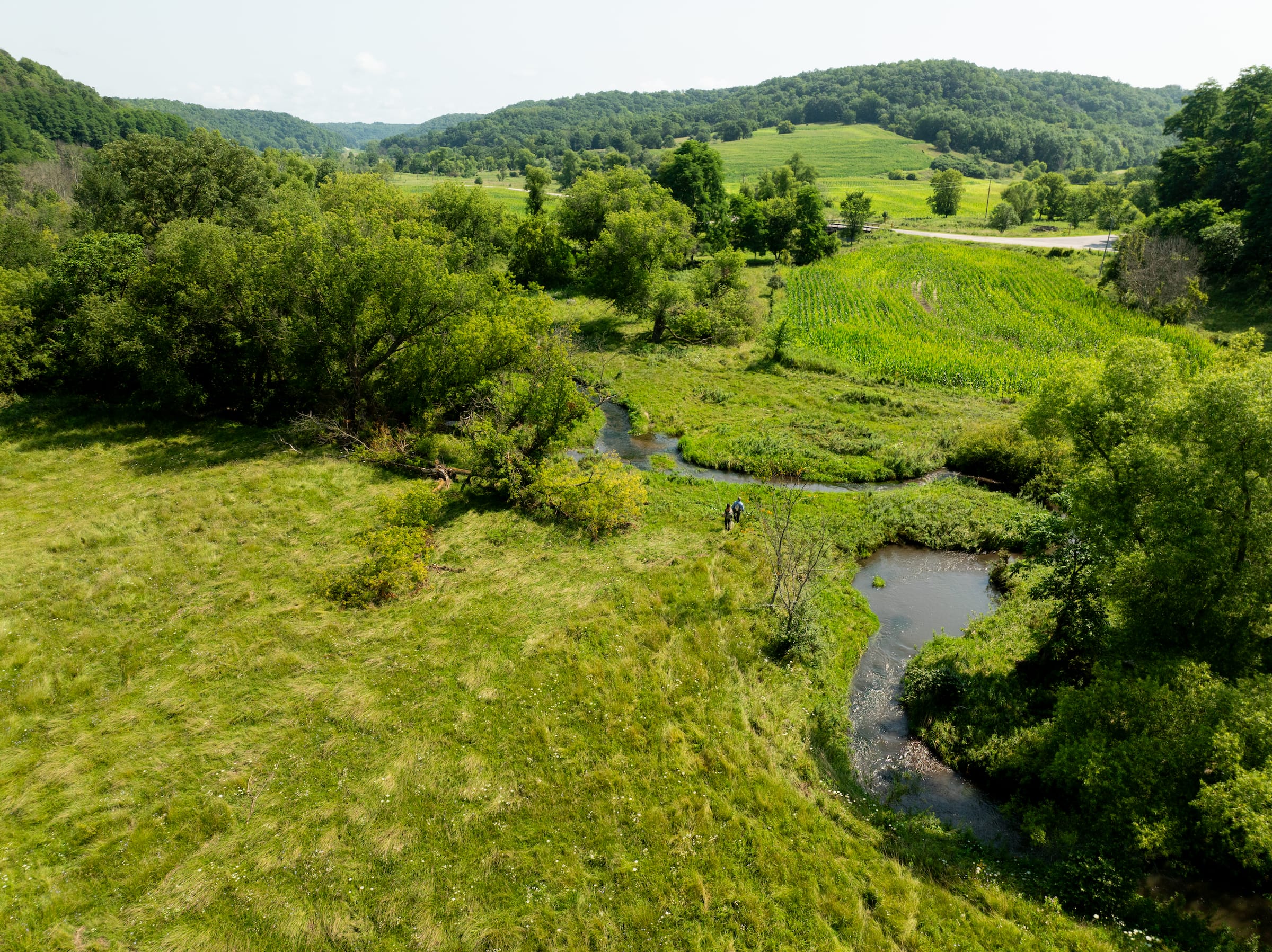
The Driftless Area team has been hard at work this spring preparing for a very busy summer. With support from the Wisconsin Council of Trout Unlimited, the Capital Area Regional Planning Commission and the U.S. Fish & Wildlife Service, we have a technician crew collecting culvert assessment data in the Driftless portion of Dane County…
-
TU Science: Measuring the carbon benefits of restored floodplains
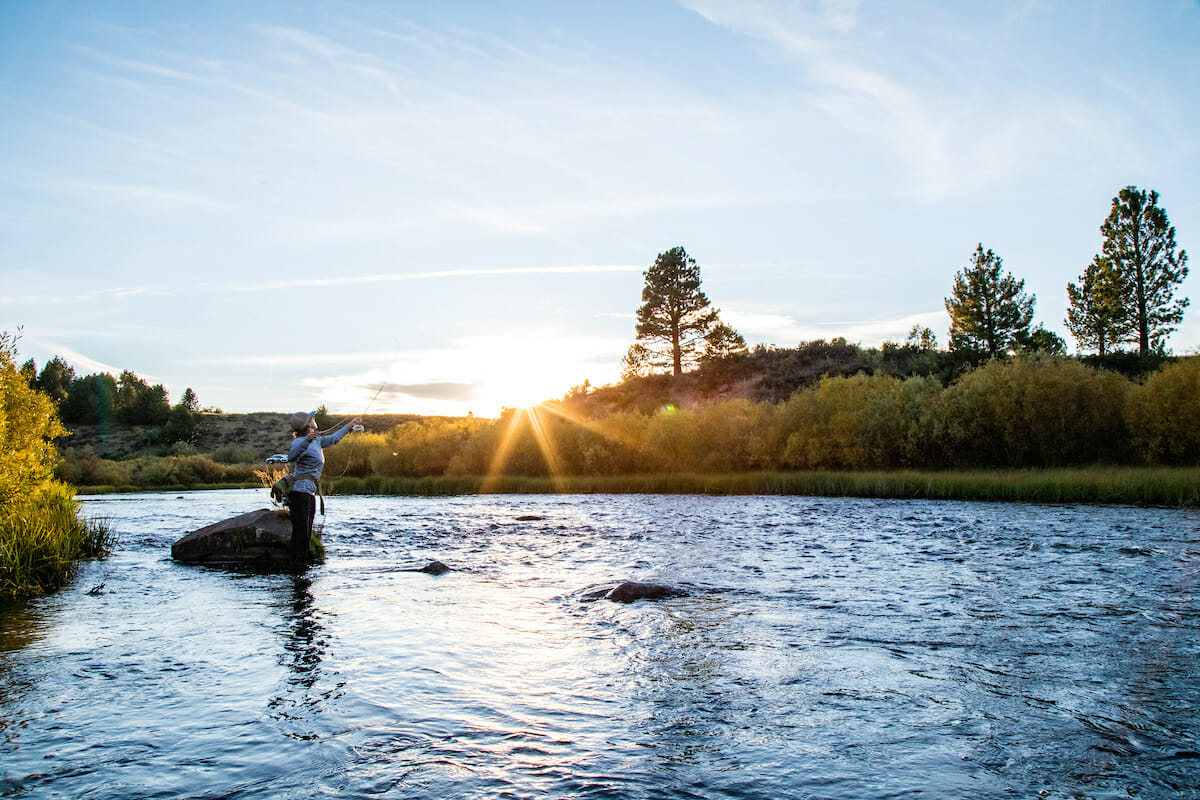
While Trout Unlimited’s river and floodplain restoration is often aimed at trout and salmon species, the benefits of our work extend far beyond fish habitat. When a stream channel is reconnected to its floodplain, key complexity and ecological processes are restored. The riparian habitat becomes more diverse, composed of a mosaic of side-channels, wetlands, willow…
-
Putting Fancy Creek back in its natural place
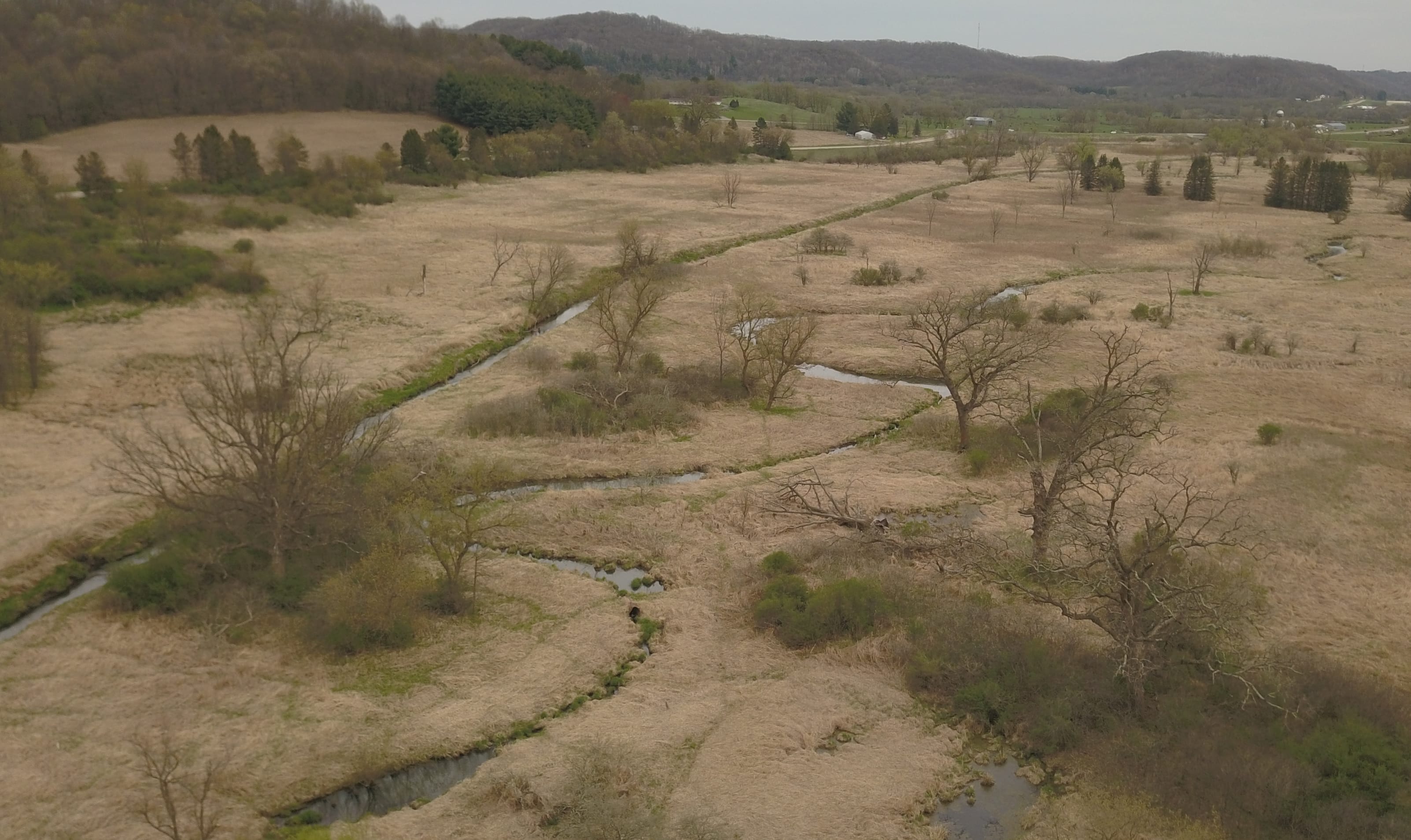
TU and partners will restore Wisconsin stream to its former channel Fancy Creek, 1937 In the aerial photo, Fancy Creek looks like an idyllic Driftless Area trout stream. As it meanders through a wetland in tight bends, you can almost imagine big brown and brook trout hunkered under banks waiting for the stream to bring…
-
TU’s Stream Restoration: Utilizing Wood from Hazardous Fuels Reduction Treatments for Healthier Watersheds
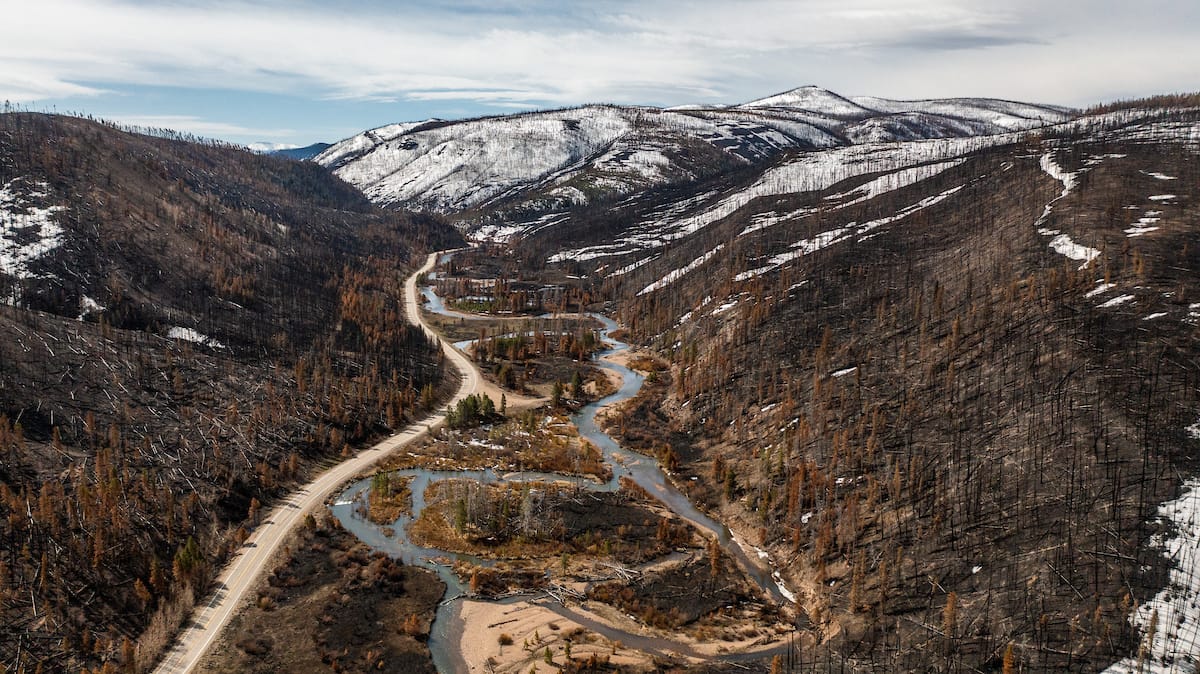
Trout Unlimited (TU) is leading innovative stream restoration projects across the fire-prone Western U.S. Our skilled managers often use process-based techniques and other nature-based solutions to help rivers and streams function more naturally. But did you know that in Wyoming, Oregon and elsewhere, TU also plays a role in active forest management by using low-value…
-
Mapping the reconnection of Great Lakes stream networks with Trout Unlimited
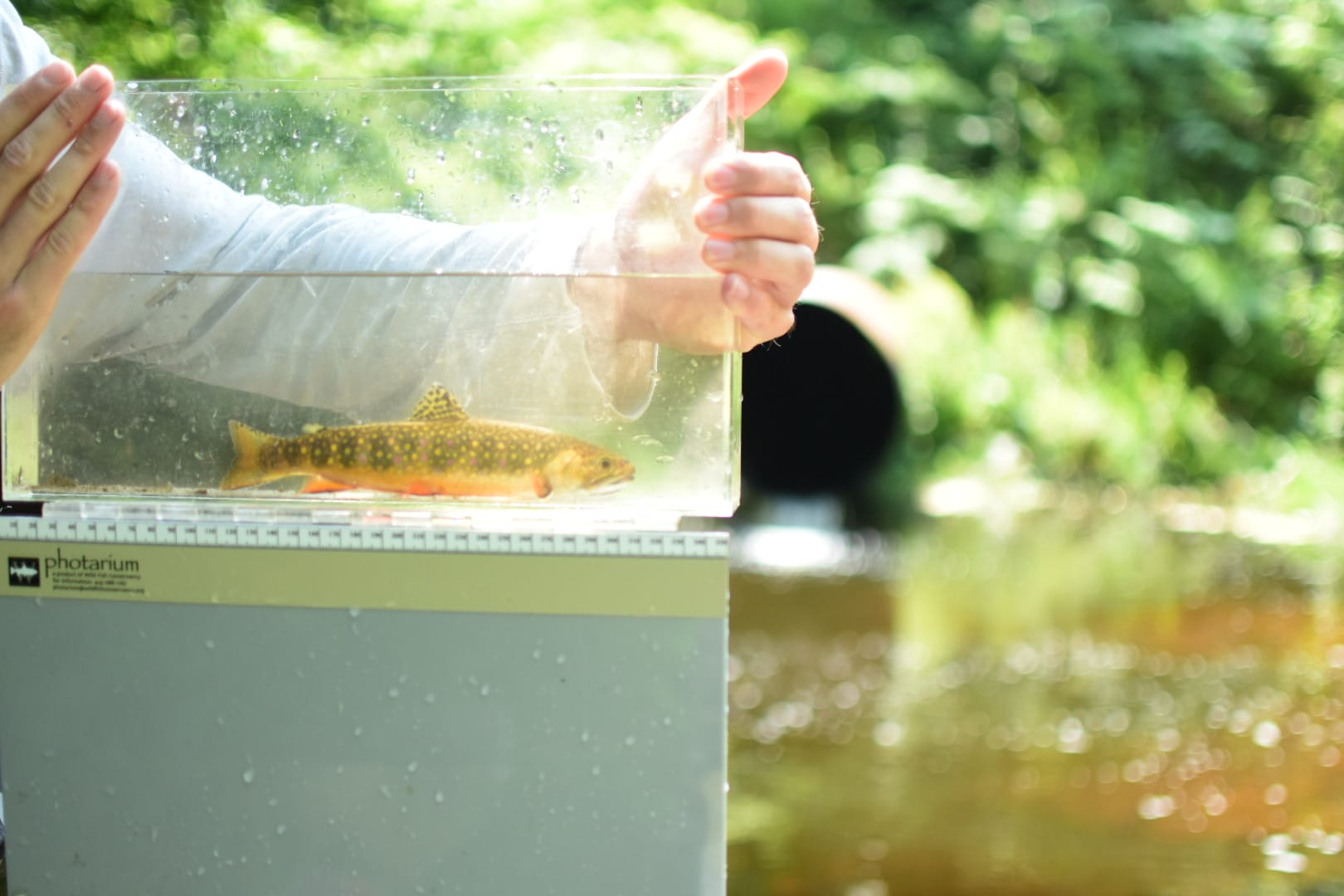
In the Great Lakes region, the brook trout is Trout Unlimited’s mascot for a good reason. This vibrant salmonid is known as a native indicator species, as their ecology requires habitat parameters like river substrate, dissolved oxygen levels, cold water, healthy surrounding forests and connected stream networks for survival and reproduction. If brook trout populations…
-
Improving tide gates on the Salmon SuperHwy
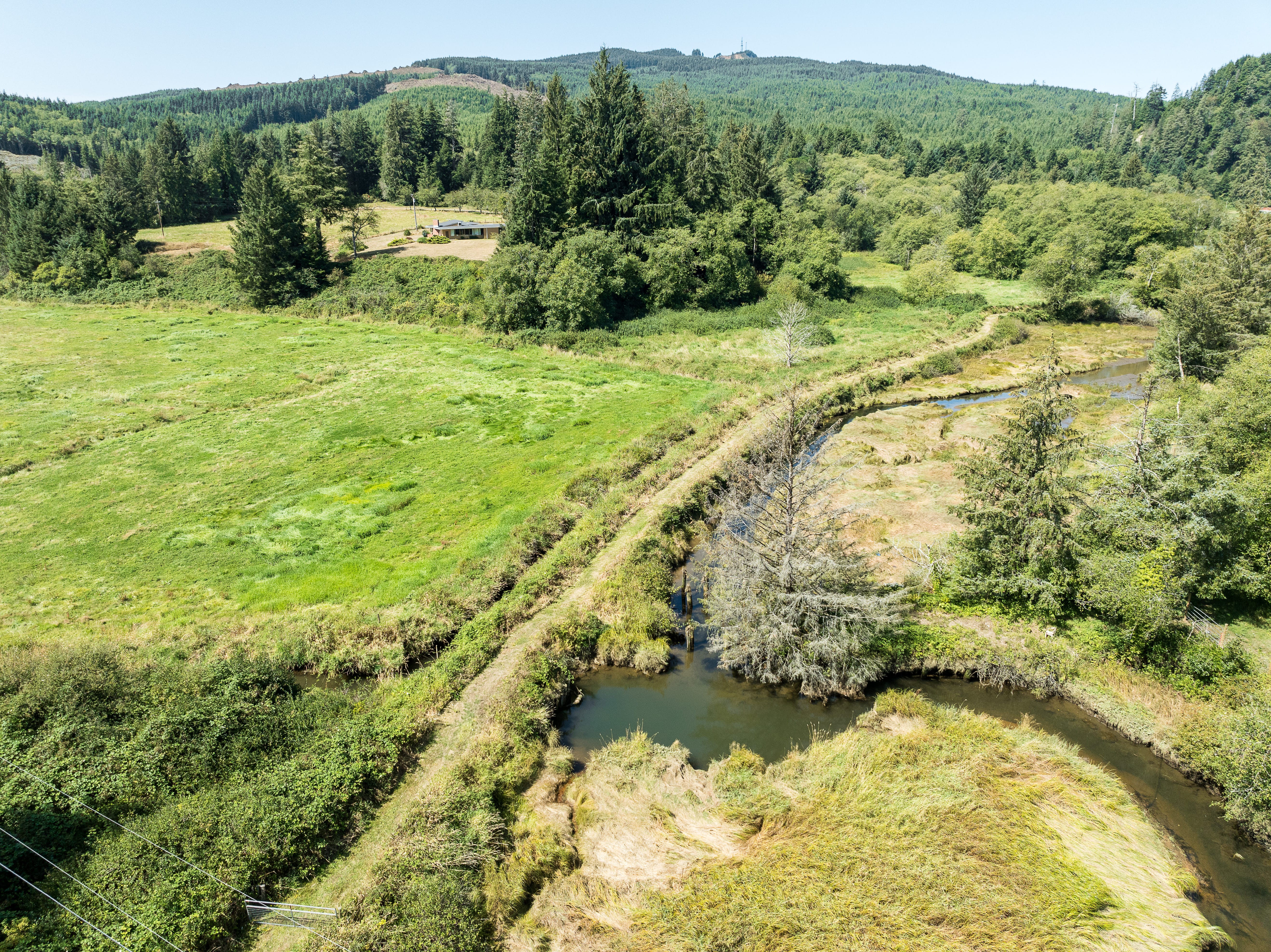
On Oregon’s North Coast rivers, NOAA restoration investments are helping reconnect critical habitat for salmon and farmers. When many of us picture barriers to fish migration, we often think of dams and perched culverts preventing salmon, steelhead and other native species from reaching spawning and rearing habitat, off-channel refuges from high flows or sources of…
-
Faces of Restoration – Copper River Watershed Project
The Copper River Watershed Project (CRWP) is a local non-profit that works to keep the 26,500 square miles of the Copper River watershed free of fish passage barriers.
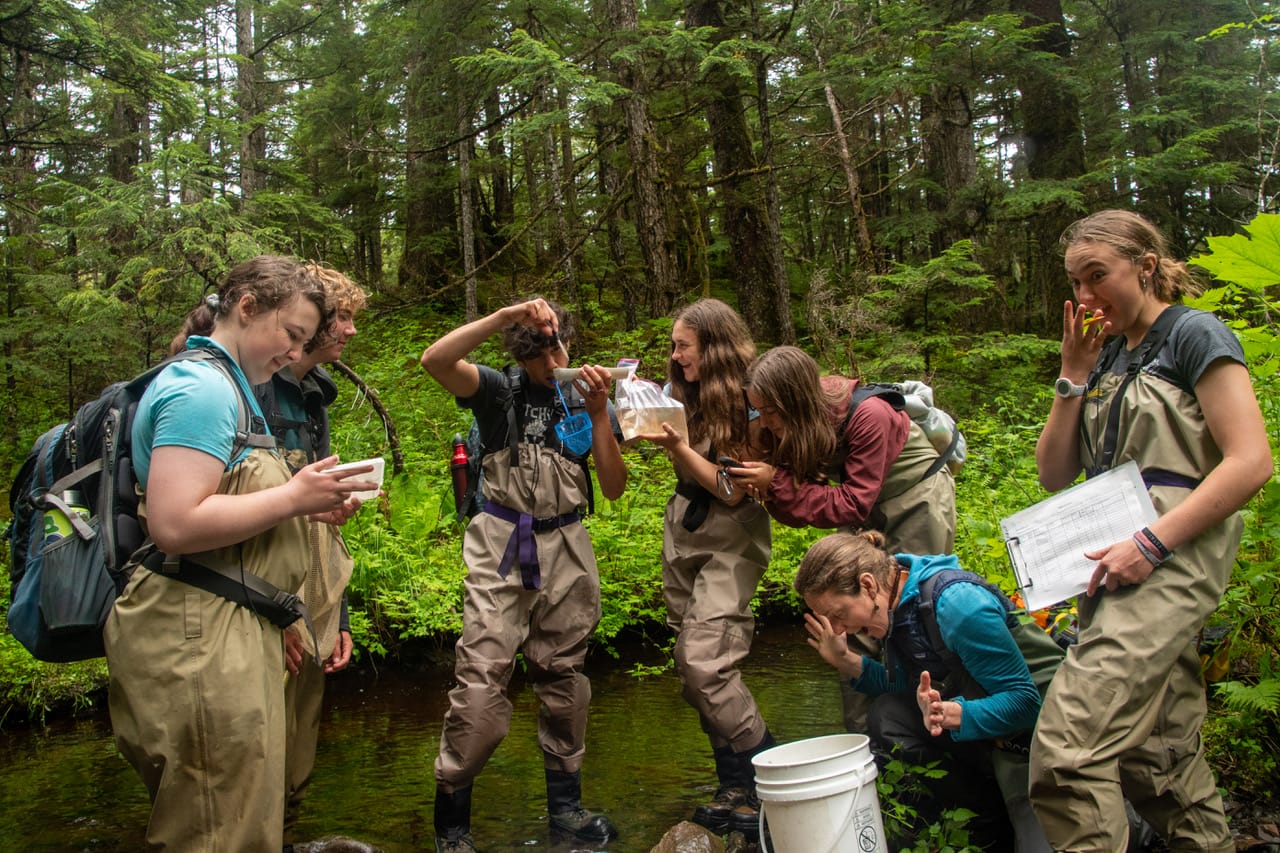
If you’ve eaten in a fine dining restaurant anytime recently, chances are you’ve seen Copper River salmon on the menu. These salmon are renowned for their high fat content and are beloved by chefs and foodies around the world. Most who enjoy this prized fish have probably never heard of the quaint coastal community of…
Category

